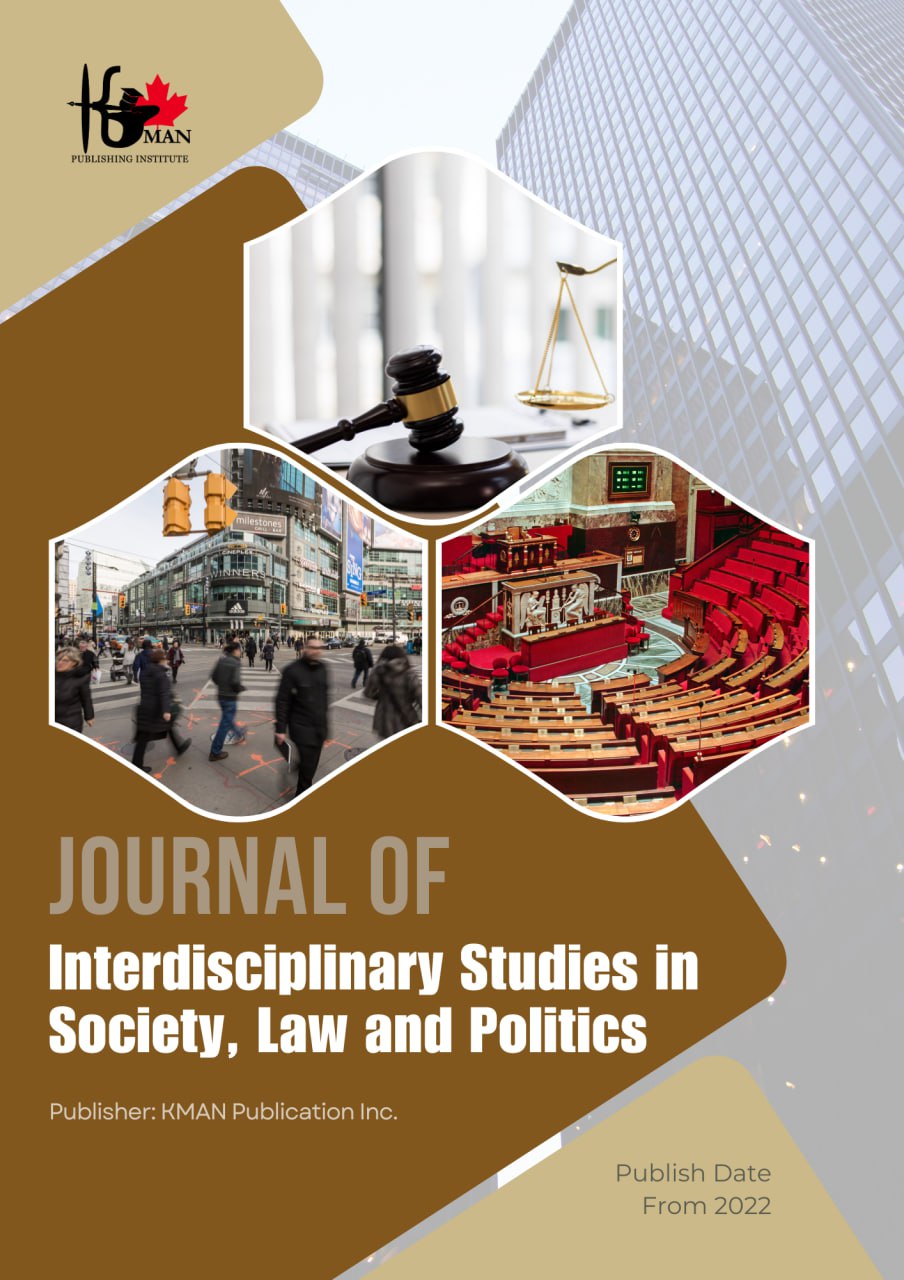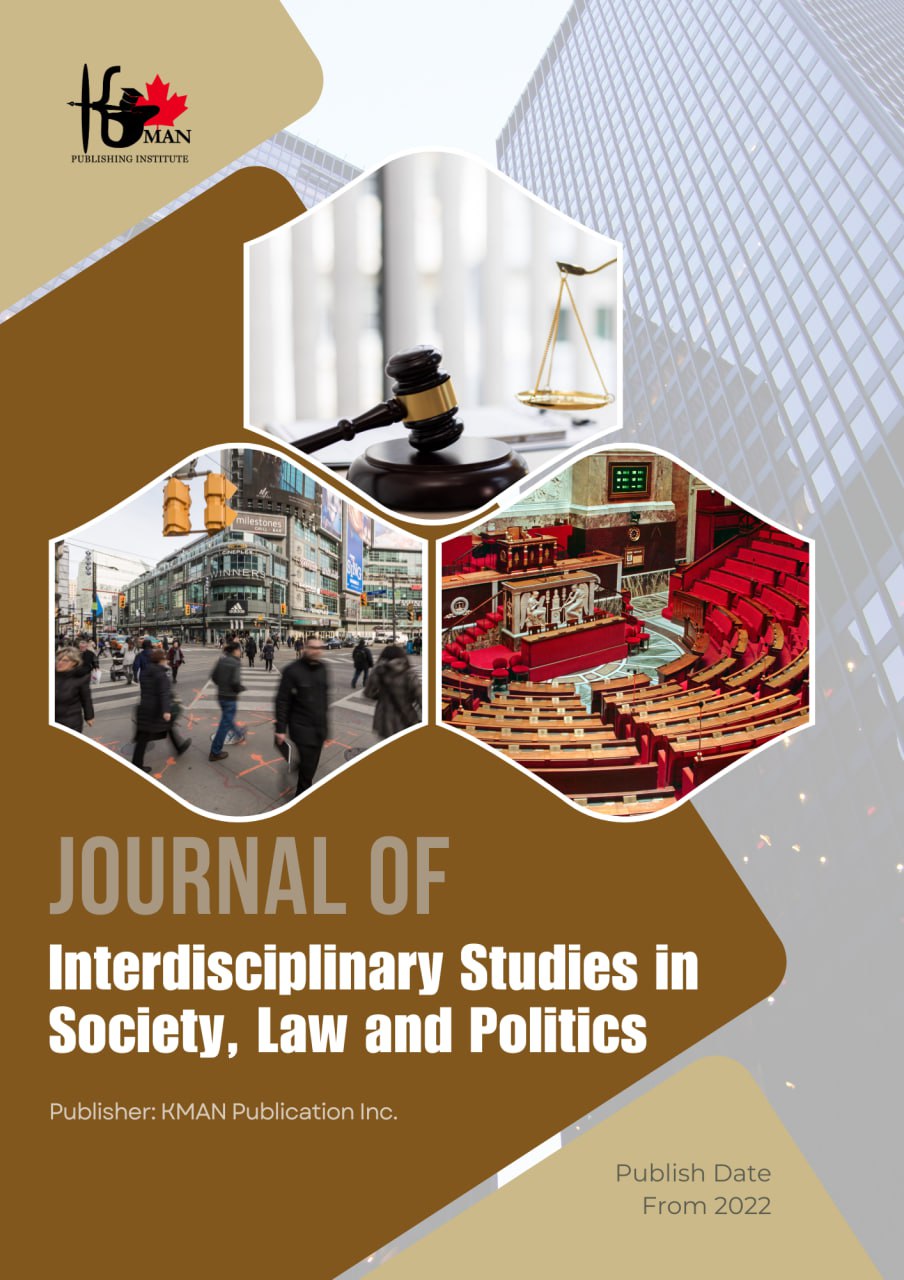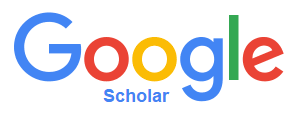A Comparative Study on the Valuation of Intellectual Property in Iranian and U.S. Law
Keywords:
Valuation, Iranian Law, U.S. Law, Intellectual Property, Comparative StudyAbstract
A category of assets in both Iranian and U.S. law, which are typically intangible and not physically observable, is allocated to intellectual property. From copyright protection of literary and artistic works to vaccine formulas, as well as blueprints and trade secrets, various examples fall under this class of assets. This category is notably extensive, and because its primary characteristic lies in its origin from human intellectual activity, the rights of its holder can be easily violated in the absence of proper legal safeguards. Accurate valuation of intellectual property using standardized criteria is one manifestation of legal protection for intellectual property holders. In this study, conducted using a descriptive-analytical method and based on library sources, a comparative analysis was performed on the valuation of intellectual property under Iranian and U.S. legal systems. The findings indicate that the regulations in the field of intellectual property and its valuation in the United States largely conform to the standards of the World Intellectual Property Organization (WIPO). This conformity is identified as one of the significant reasons behind the success of leading publicly traded companies in the U.S. Accordingly, the gaps in the Iranian intellectual property legal framework are also highlighted through this comparative study. This underscores the urgent need for the Iranian legislature to establish robust legal provisions to support intellectual property holders—especially in light of the growing role of knowledge-based enterprises in the Iranian economy.
Downloads
References
Abbasi, M. (2003). Restorative Justice, A New View of Criminal Justice. Law and Politics Research(9).
Bazemore, G., & Umbreit, M. (2001). A Comparison of Four Restorative Conferencing Models.
Braithwaite, J. (1989). Crime, Shame, and Reintegration. Cambridge University Press. https://doi.org/10.1017/CBO9780511804618
Braithwaite, J. (2006). Restorative Justice. Legal Research(43).
Christie, N. (1977). Limits of the Courts and the Importance of Mediation. Journal of Conflict Resolution.
Dignan, J. (2005). Understanding Victims and Restorative Justice. McGraw-Hill Education.
Gholami, H. (2011). Restorative Justice.
Javan Ja'fari Bojnourdi, A., & Khabbazi Khader, S. T. (2022). Surveying the Effect of Punishment on Financial Victims in the Context of Restorative Justice. Legal Research Quarterly, 25(99).
Najafi Abrandabadi, A. H. (2016). From Classical Criminal Justice to Restorative Justice. Theology and Law (Amuzeh Haye Hoghughi)(9 and 10).
Umbreit, M. (2001). The Handbook of Victim Offender Mediation: An Essential Guide to Practice and Research. Jossey-Bass.
Van Ness, D. W., & Strong, K. H. (2014). Restoring Justice: An Introduction to Restorative Justice. Anderson Publishing. https://doi.org/10.4324/9781315721330
Zehr, H. (2002). The Little Book of Restorative Justice. Good Books.
Zehr, H. (2011). The Little Book of Restorative Justice (Translator: Hossein Gholami ed.).
Zehr, H. (2012). Principles of Restorative Justice. Islah va Tarbiyat (Reform and Education)(124).
Downloads
Additional Files
Published
Submitted
Revised
Accepted
Issue
Section
License
Copyright (c) 2025 Leila Ghalijaei (Author)

This work is licensed under a Creative Commons Attribution-NonCommercial 4.0 International License.






